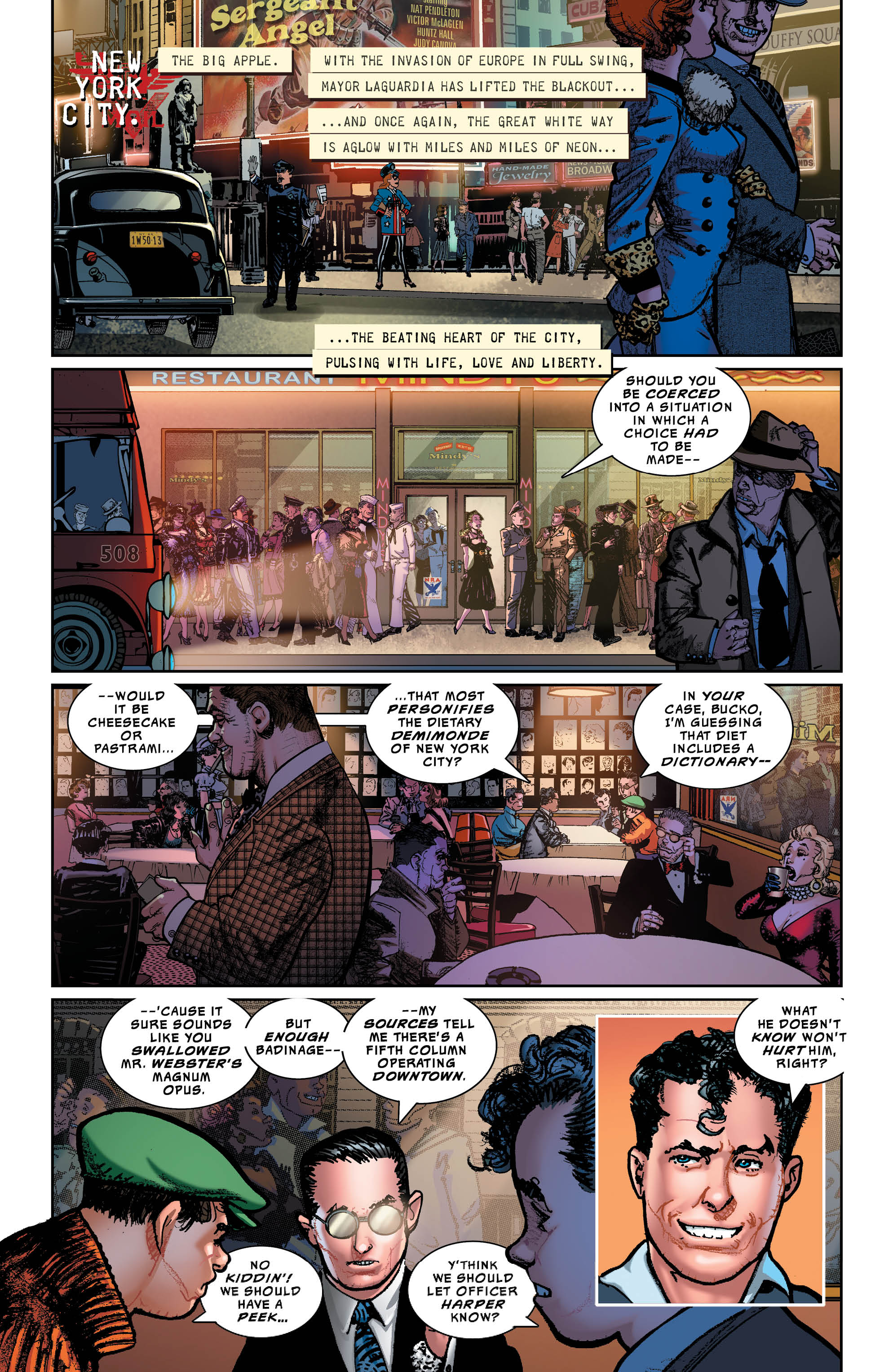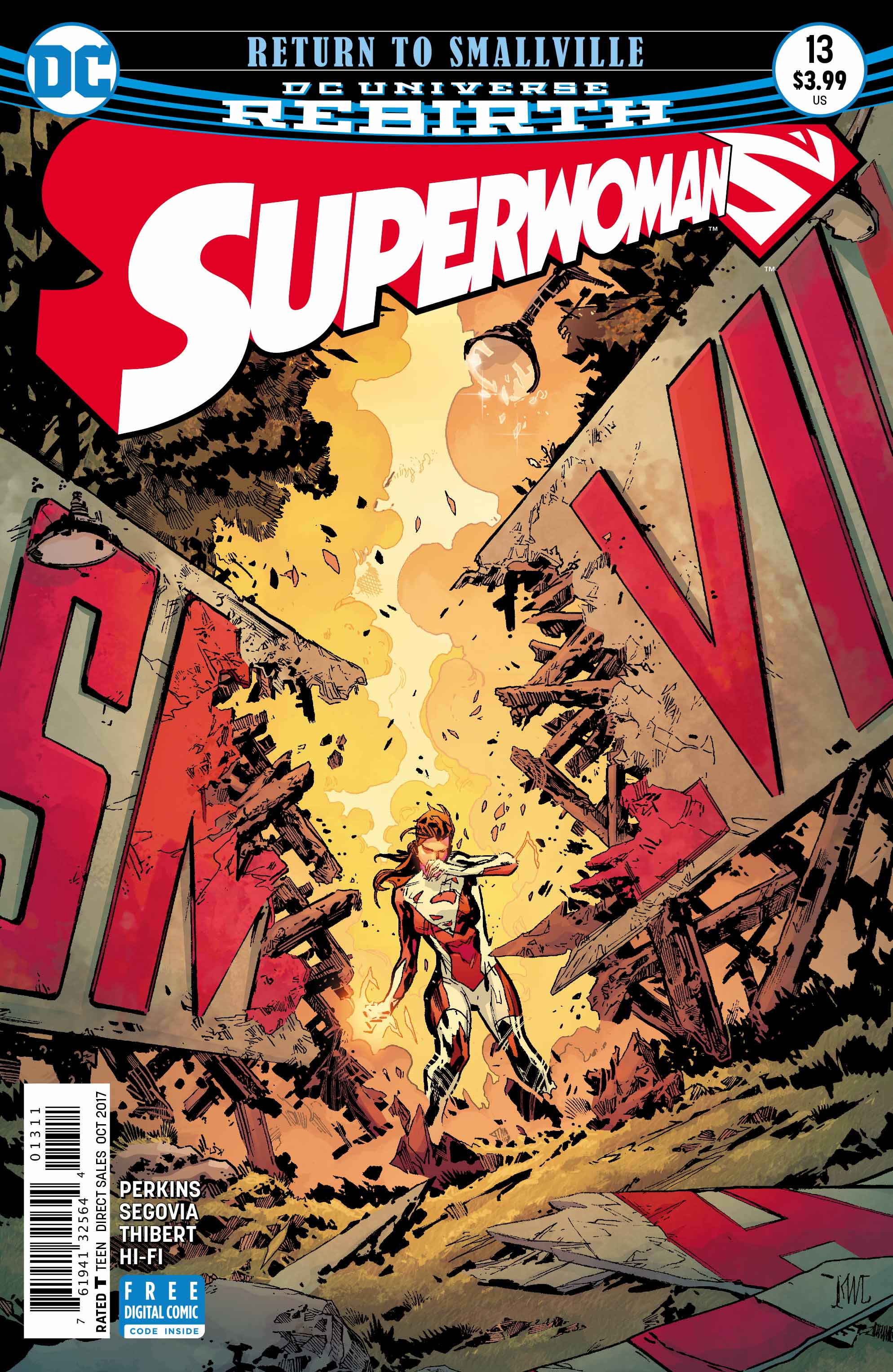In June 2016, DC Comics kicked off the start of its Rebirth initiative. After a wave of criticism surrounding the way they have treated their characters’ rich histories since 2011’s New 52 relaunch, DC has decided to rebrand. They hope that by restoring their characters’ pasts, they will restore readers’ faith in them as well. Do they succeed? That’s what the Comics Beat managing editor Alex Lu and entertainment editor Kyle Pinion are here to discuss. Book by book. Panel by panel.
Note: the reviews below contain **spoilers**. If you want a quick, spoiler-free buy/pass recommendation on the comics in question, check out the bottom of the article for our final verdict.
 Mister Miracle #1
Mister Miracle #1
Writer: Tom King
Artist: Mitch Gerads
Letterers: Clayton Cowles
Alex Lu: In my conversation with Mister Miracle cover artist Nick Derington last week, he pointed out that the cover to the first issue depicts Mister Miracle in a pose reminiscent of the crucifixion. This idea of Scott Free as Jesus is one that Tom King explores in a recent interview about the series as well. In other pieces about Mister Miracle, King has hammered on the idea of Mister Miracle being about the anxiety of the times. In his words, “the rules that I once thought made sense don’t make sense anymore, and it just feels like we’re all in this together and there’s no way out, and we can’t escape.” Of Mister Miracle, he says that he and Gerads wanted to make a book like Watchmen, which very much reflected the anxiety of Cold War era America. And so we have these puzzle pieces which add up to form this idea of Mister Miracle as a story about the death of the America we thought we knew and perhaps the rebirth to follow.
All of this speaks to the intent of Mister Miracle, but what about the first issue itself?
What one immediately notices about Mister Miracle #1 is how sparse it is in plot. The Vision #1 and Omega Men #1, the starts to King’s two previous superhero maxi-series, were relatively dense comics which both climaxed with extended sequences of dramatic action. Comparatively, Mister Miracle moves at a much more languid pace. The issue opens with a bang when it’s revealed that Scott Free has tried to kill himself but then slows down dramatically to move through scenes depicting his emotional and physical recovery following his suicide attempt. There are hints and signs that something is amiss and that a war with the evil New God Darkseid is brewing, but very little actually happens. There is no dramatic fight scene. The Highfather, Scott’s adoptive dad and leader of the gods of New Genesis, dies off-panel. It’s a conspicuous choice and one that might turn off readers who come into this book expecting something with the same immediate dramatic thrust of The Vision in particular, but what I love about Mister Miracle #1 is how much it calls attention to small details throughout the issue and how greatly it rewards readers for doing so.
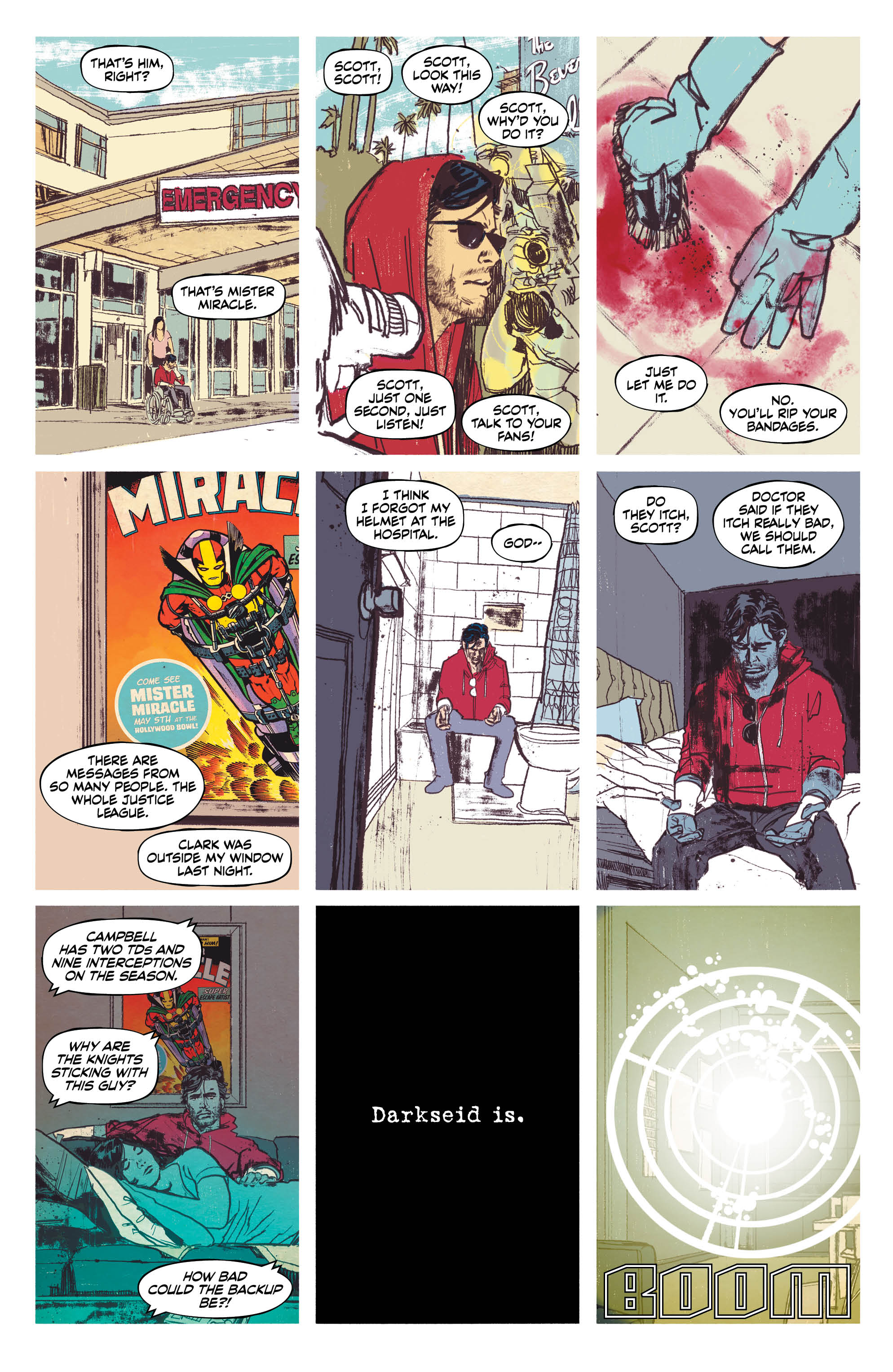
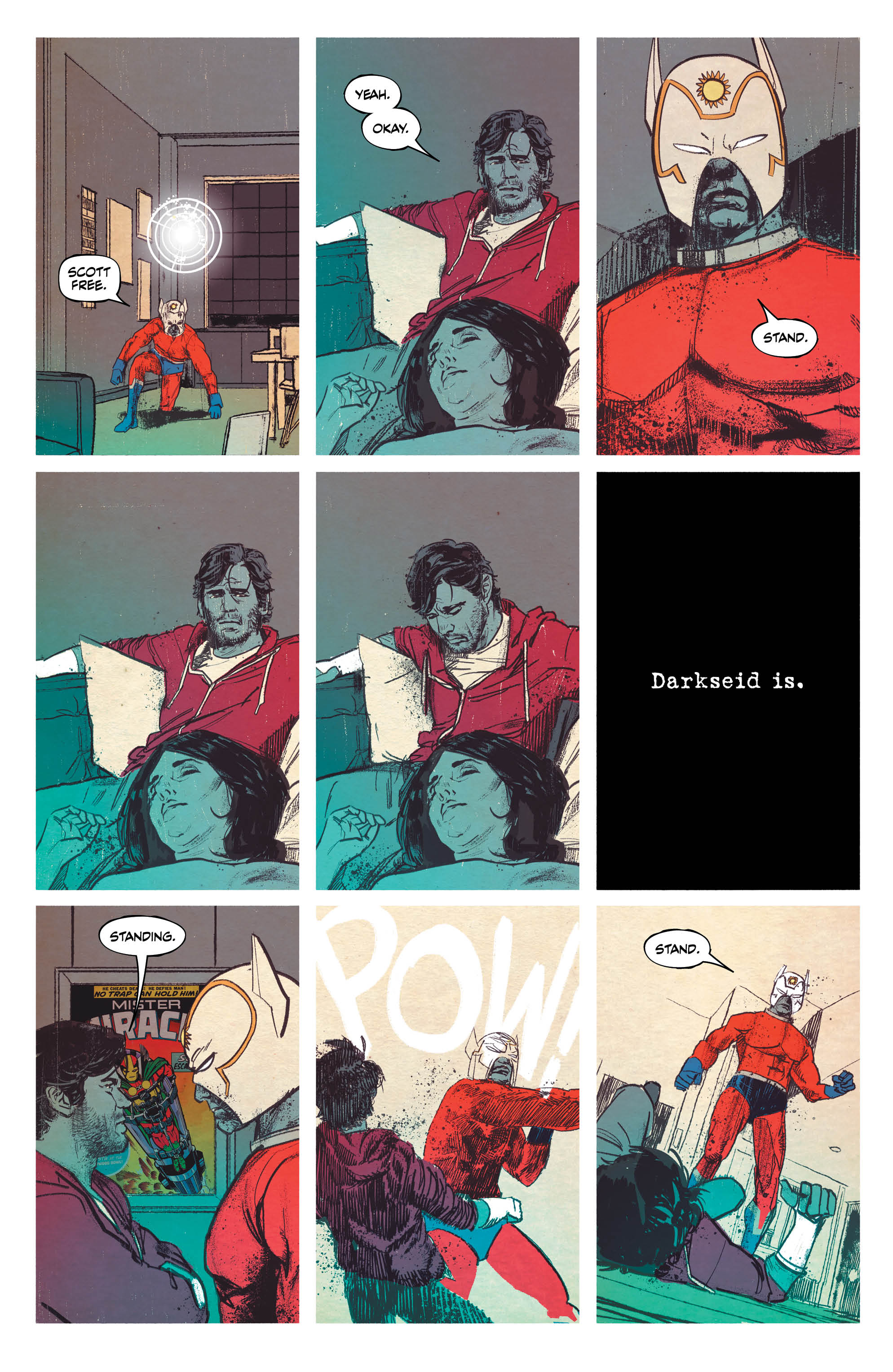
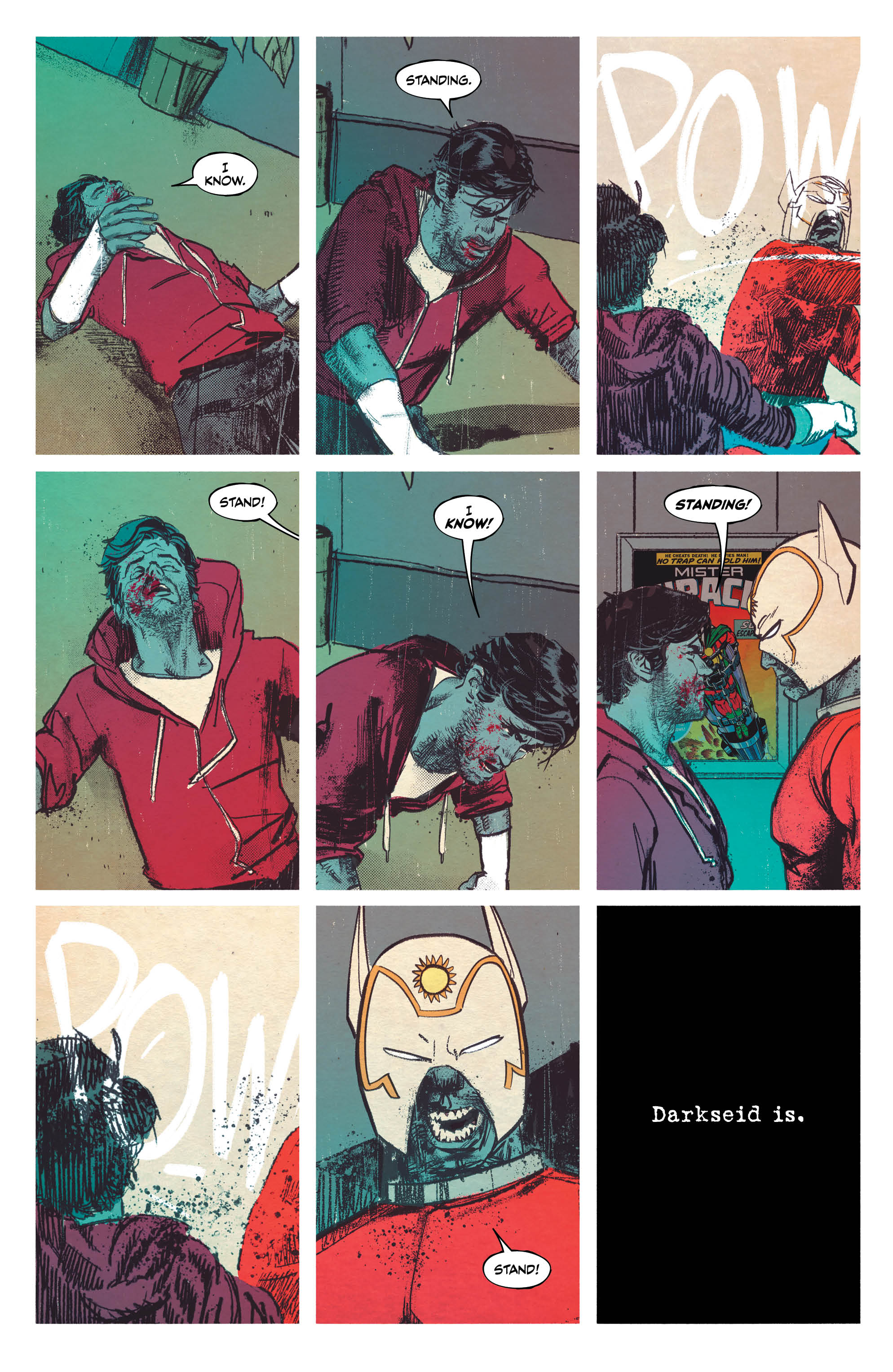
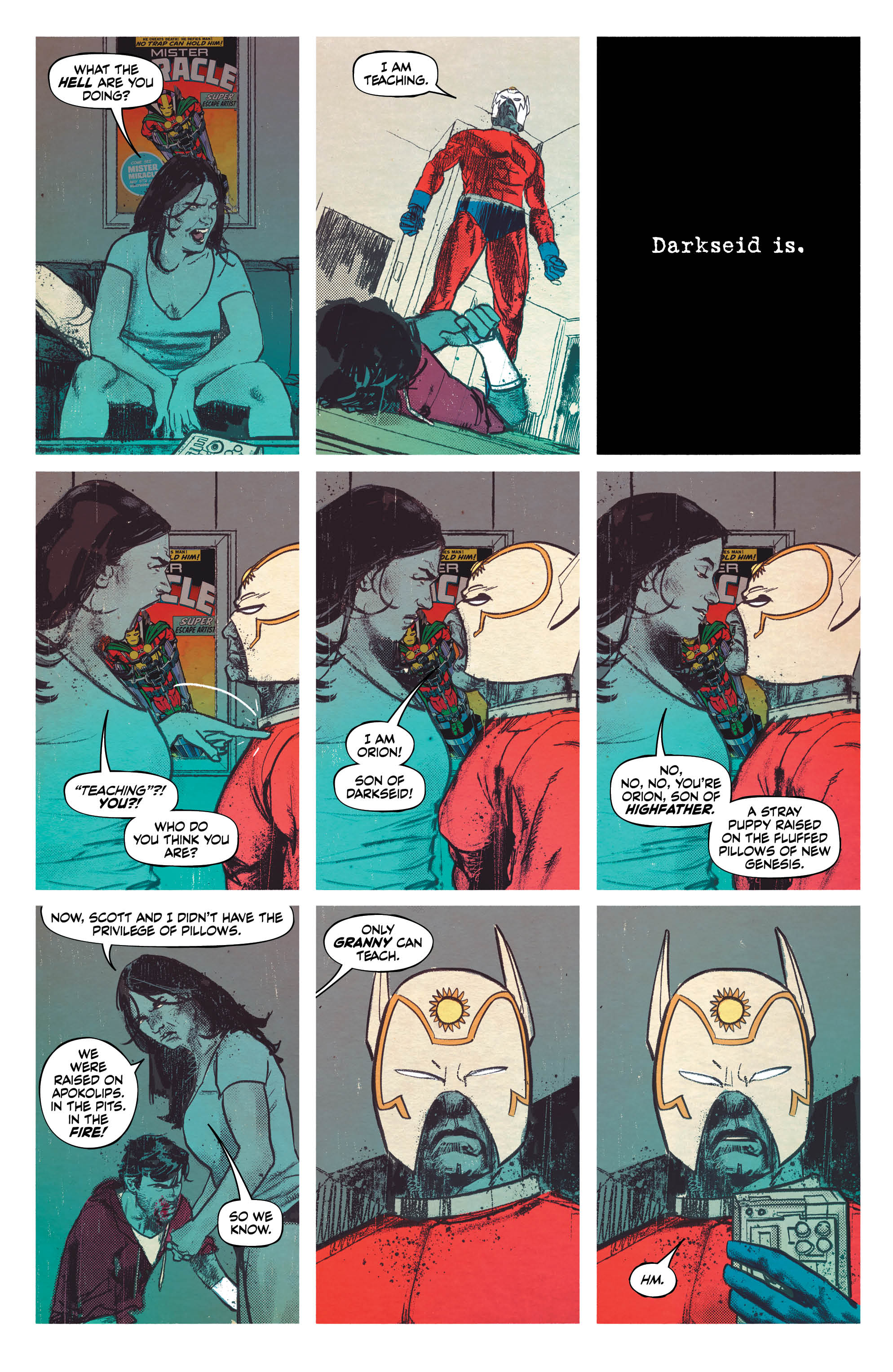
I’m so excited to take that journey with him. What about you, Kyle? Were you as high on this book as I was? Do you think my theory is insane? It probably is…
Kyle Pinion: Probably a little early to be calling it one way or another on this series as far as theories go. But, the idea that he’s escaping the “life trap” is not exactly a new one, as he’s a character that’s been marked by death a few times – from his initial appearance and the death of his predecessor Thaddeus Brown, to a somewhat similar plot beat to the one you describe occurring to Shilo Norman during the 7 Soldiers maxiseries. The character of Mister Miracle, regardless of who is wearing that get-up, is constantly outracing the Black Racer, something that’s inherent in the concept of the character itself.
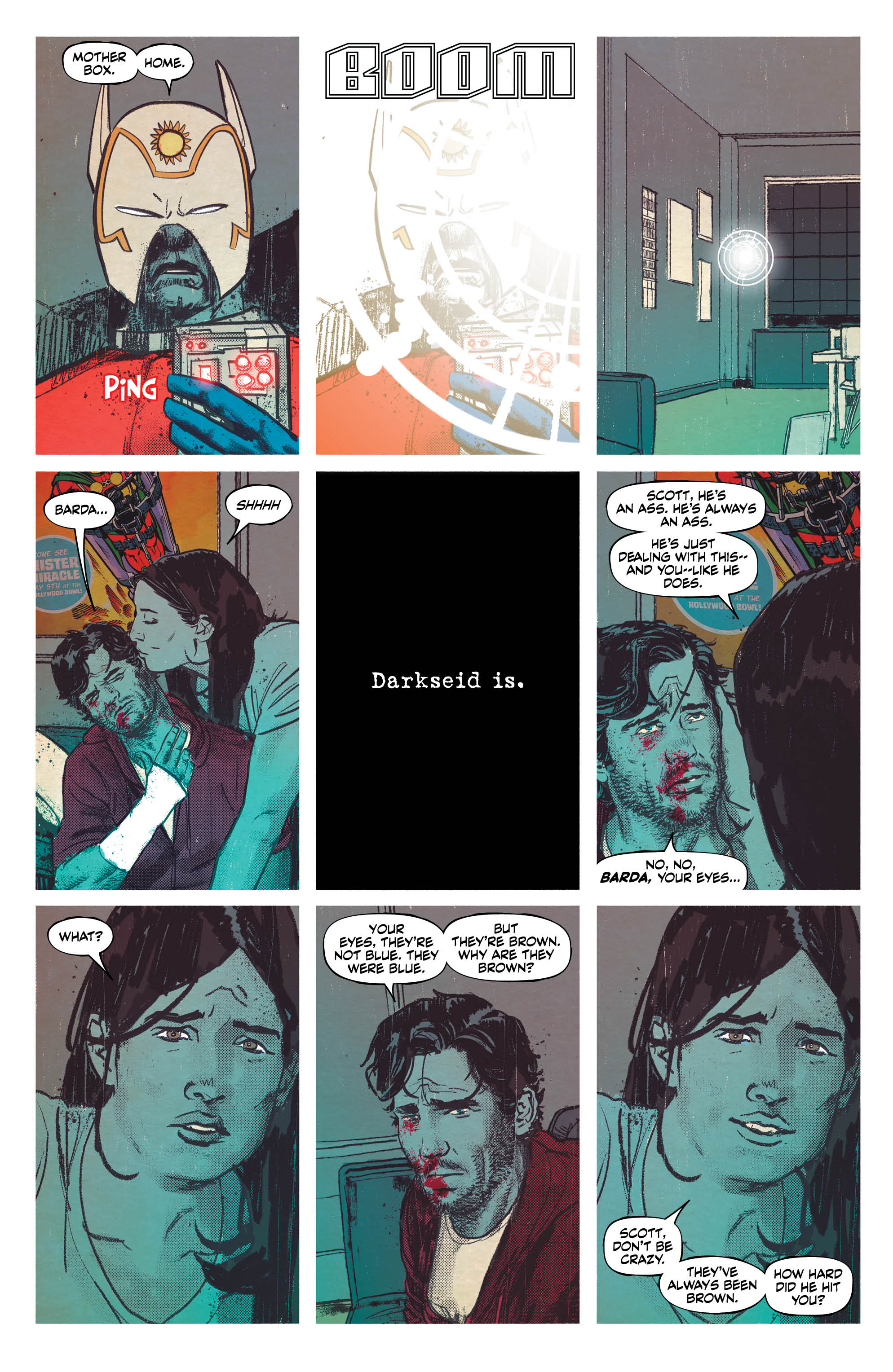
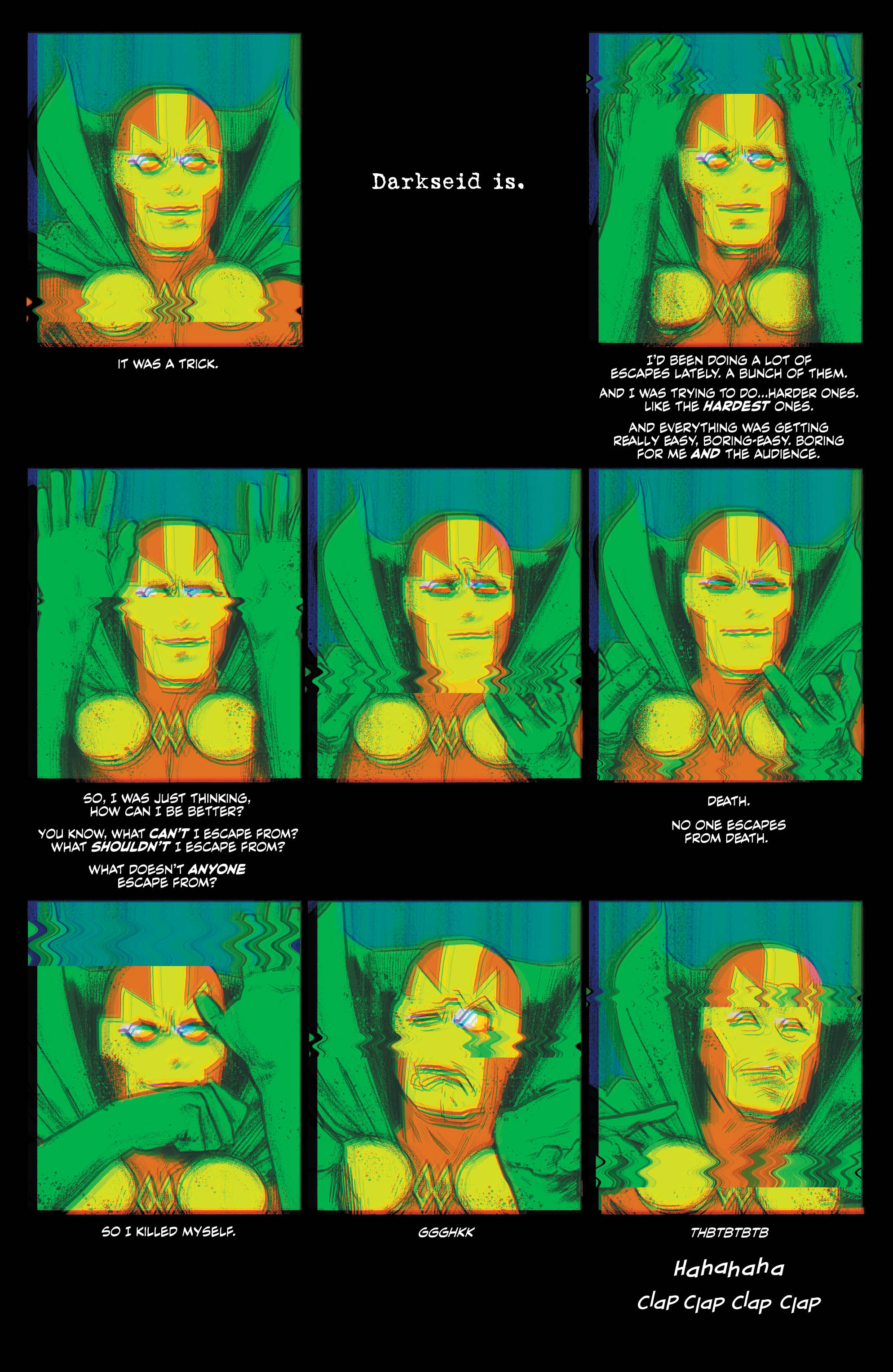
Honestly, you can set up murderer’s row of talent that have taken a swing at the Fourth World and failed. I know quite a few fellow readers who think outside of its creator, it’s never worked in another’s hands (I wouldn’t totally agree – *he looks over at The Great Darkness Saga, Final Crisis and Orion on his bookshelf*) – but I think this is a promising start and looks to maybe send Scott and Barda on their most exciting spotlight adventure in a very long time.
Verdict: Buy
 Kirby 100: Newsboy Legion/Boy Commandos Special #1
Kirby 100: Newsboy Legion/Boy Commandos Special #1
Writer/Artist: Howard Chaykin
Colorist: Wil Quintana
Letterers: Ken Bruzenak
Kyle: These Kirby one-shots that DC is producing are a pretty enticing package, gathering a number of disparate creators and letting them run (but not too far) with the remarkable DC contributions of The King. Then you pair those off with a number of related back-ups by the man himself. To be clear, those on their own are worth a purchase, and that was certainly the case with last week’s New Gods special – which had not only a couple of quick 70’s New Gods shorts, but also the return of Walt Simonson to tell a tale of Young Orion. As for the main event, I could have taken or left Shane Davis’ take on Orion and Kalibak going to battle, as it felt a bit too modern day comics for me and lacked some of that grandeur of its source. Admittedly, that’s amplified when juxtaposed with Kirby’s own art, but taken on its own, Davis’ effort was an interesting attempt that just doesn’t take off.
So that brings us to the Howard Chaykin take on a pair of Kirby’s pre-WWII co-creations with Joe Simon, the most autobiographical Kirby characters in the Newsboy Legion and Boy Commandos. Chaykin has been the subject of a number of comics news site headlines over the past few weeks, but here he produces something that’s the exact opposite of controversial: a lackluster comic.
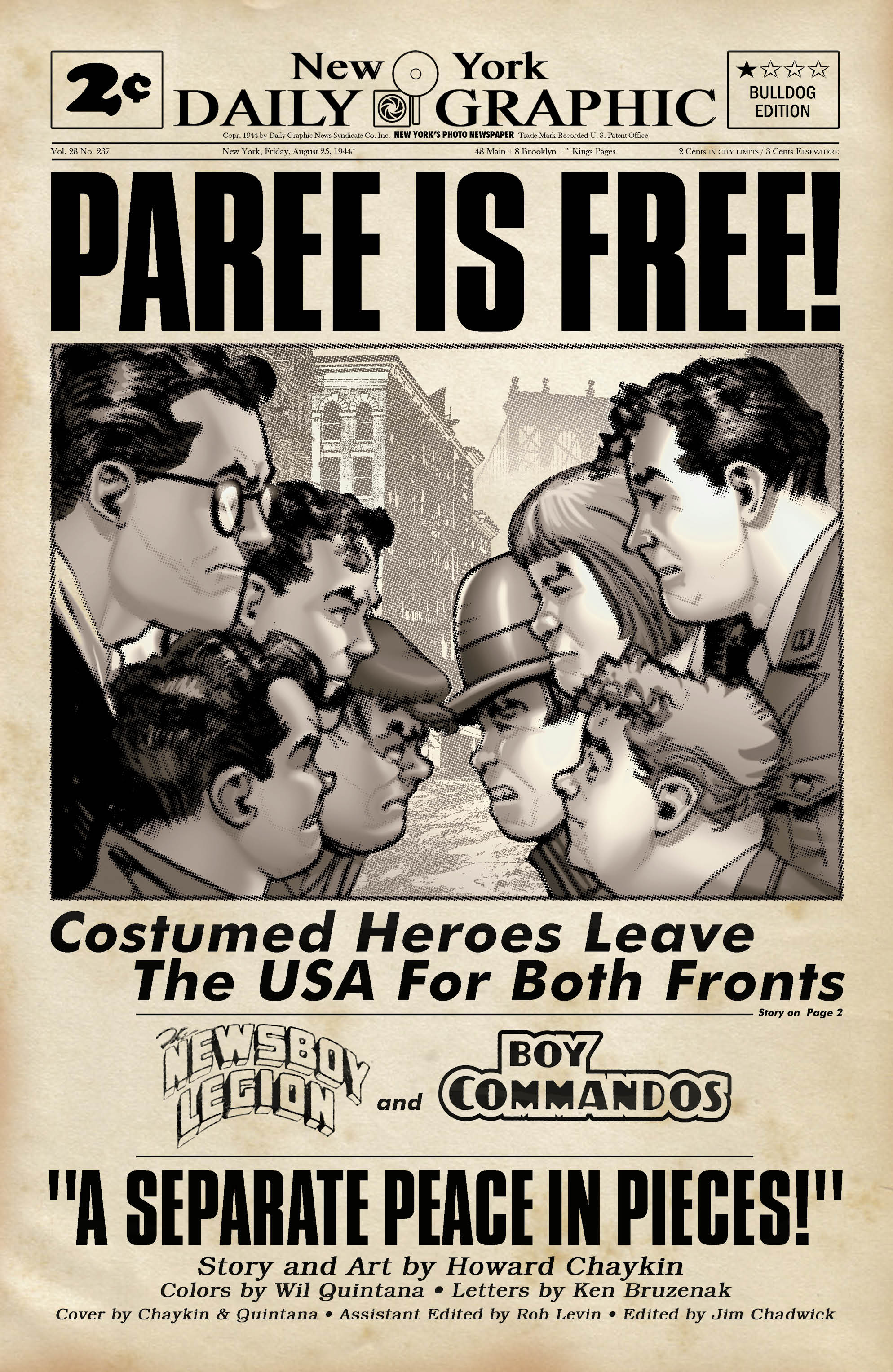
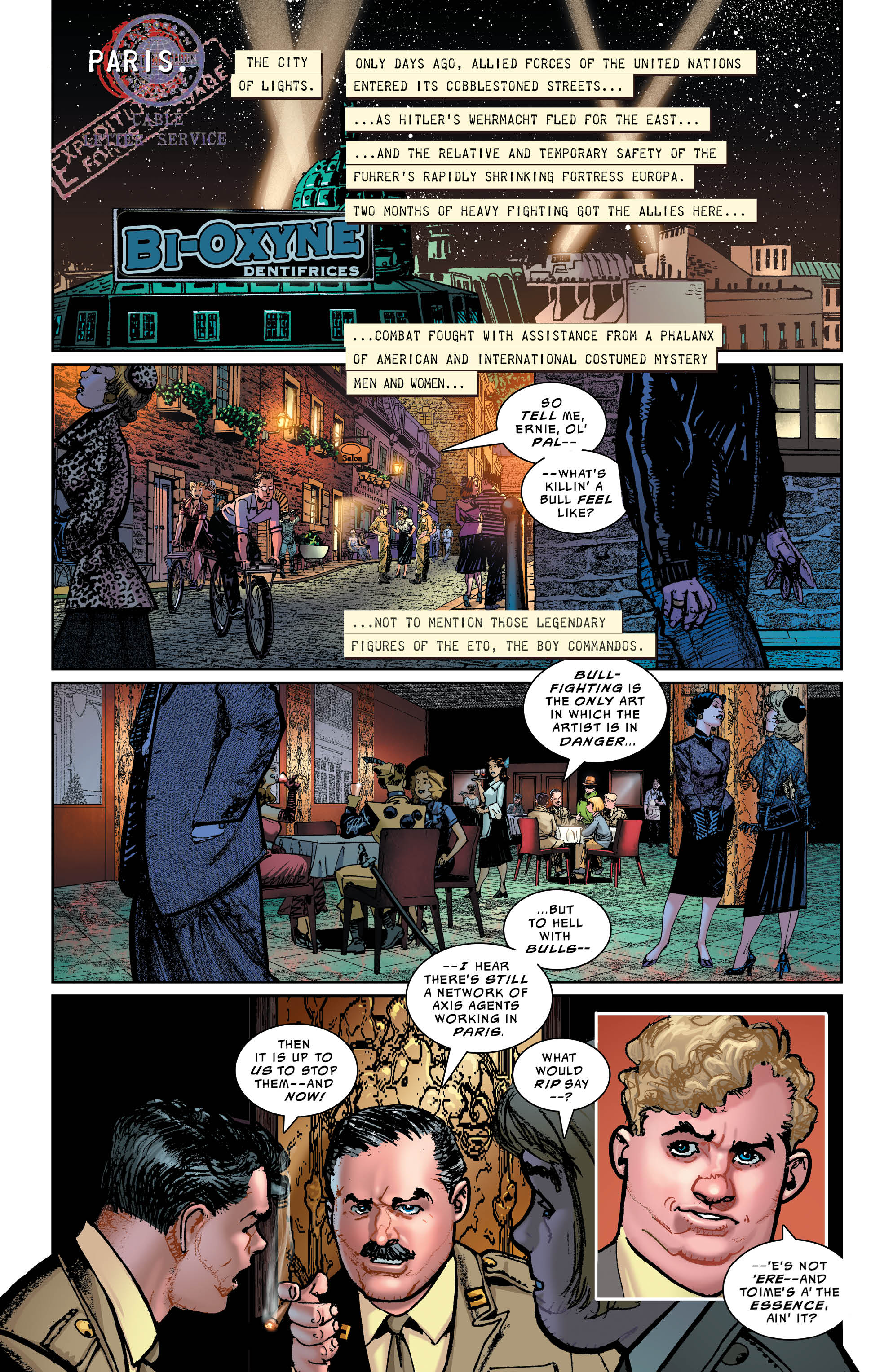
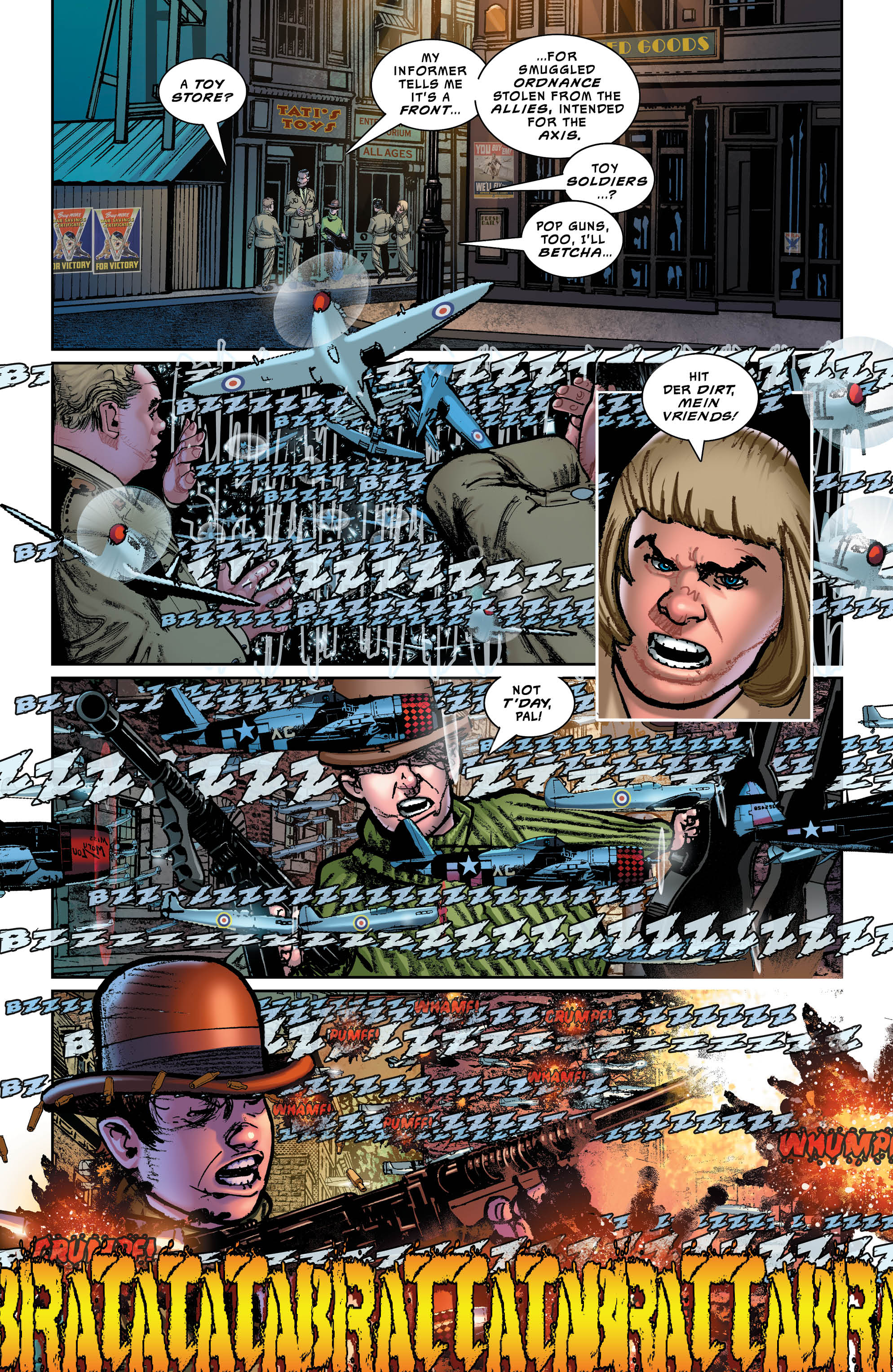
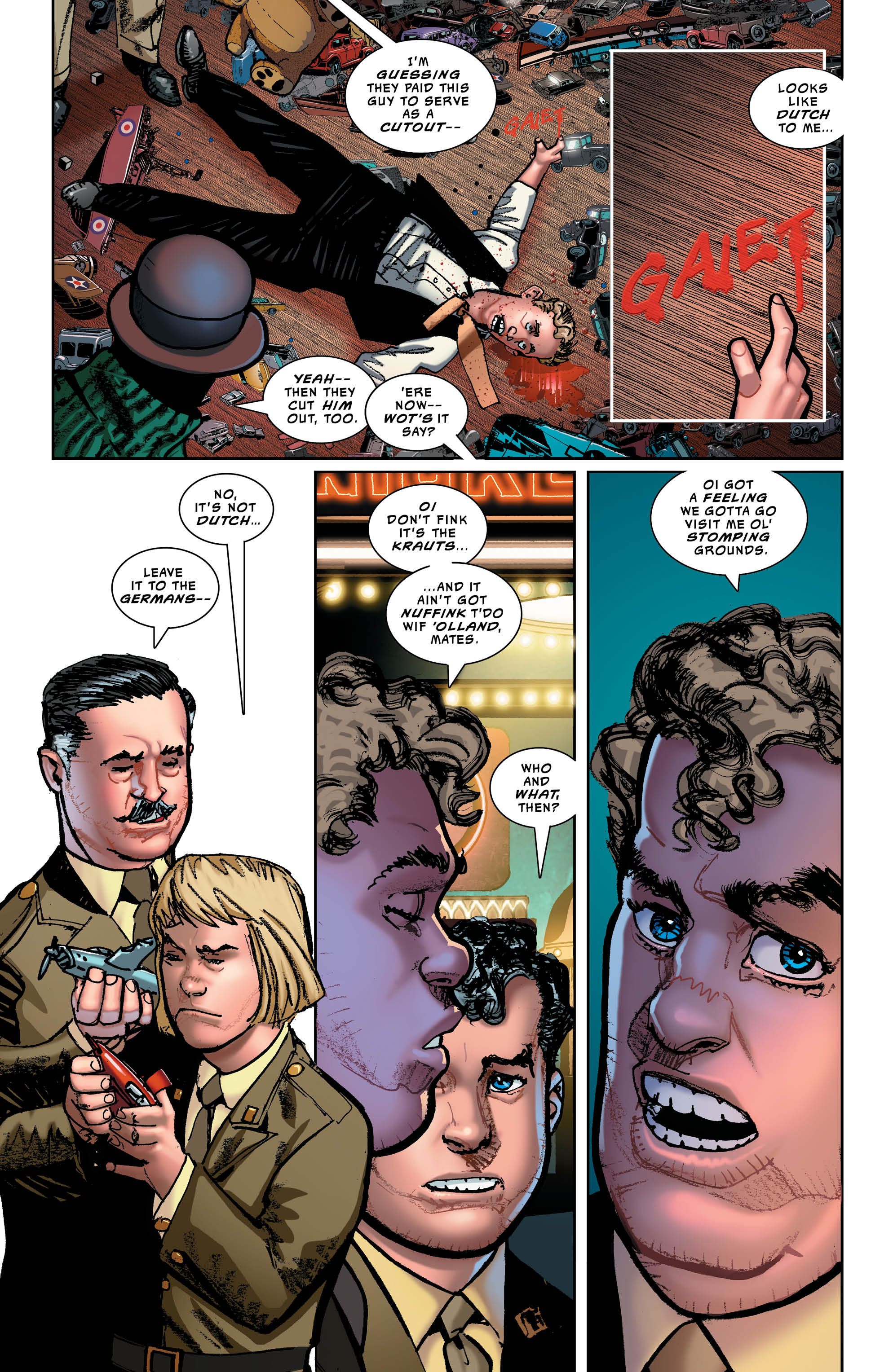
Verdict: Pass
Round-Up
Kyle:
- After a number of mediocre issues, I think maybe just maybe the Superwoman team has found their footing. I had a sense that might happen once they unshackled themselves from the continuity quagmire they were left with after the events of Superman Reborn. But with this new story, Perkins and Segovia get a chance to dig into Lana’s high school years with Clark while also introducing a new important character that will likely play a role in defining what the origin story of her powers will be in the current Superman continuity scheme. It’s a creative turn, I think, to potentially alter the source of her powers to something Red Kryptonite based, or at least entangle them together in a way. I liked that a lot. This feels like where their run is actually starting, and suddenly I’m much more interested in this comic again.
- Justice League of America #12 sees Ivan Reis making a return before he probably departs again for The Terrifics, but at least he’s back in time for the most exciting story of the series so far, one that brings back my favorite conception of Ray Palmer through his Sword of the Atom days. I’ve liked this book, but the fill-ins have taken a bit of a toll, so it’s nice to get the originally solicited artist back and the book just clicks together a lot better with Reis’ ideal figure work. And Orlando? As always, I think he’s the best dialogue writer in superhero comics, I say it all the time, I mean it. He makes the voices on these very different characters sing in a way that few could, and I’m excited to see where a number of these long-simmering plots start to boil over. Great comic.
- Hal Jordan and the Green Lantern Corps #26 starts a new storyline that is both coincidental with its timing, given its Orion showcase, and purposeful with its pseudo-ties to the Metal event, though what those ties are aren’t terribly clear. Sandoval is the star here, providing the best art the title has seen since it began its run. But Venditti provides a solid story that finally sees this book get away from its warring Corps dynamic that was starting to wear thin in the last arc, and instead provide a sequel to Godhead, a crossover of the New 52 era that I never read. Anyhow, this is definitely the New 52 Orion and a bit different than the one that pops up in this week’s Mister Miracle, which is fine…but man, do I ever wince a little bit anytime the Omega Effect hits somebody and they don’t go back in time, I realize that’s not the only thing those eye beams of his do, but I just get a laugh at the idea that Darkseid just eliminates all his enemies by sending them to the Renaissance Era or to the Paleolithic Age or something. Anyway, also a good comic. Quite a good week all told.
Miss any of our earlier reviews? Check out our full archive!


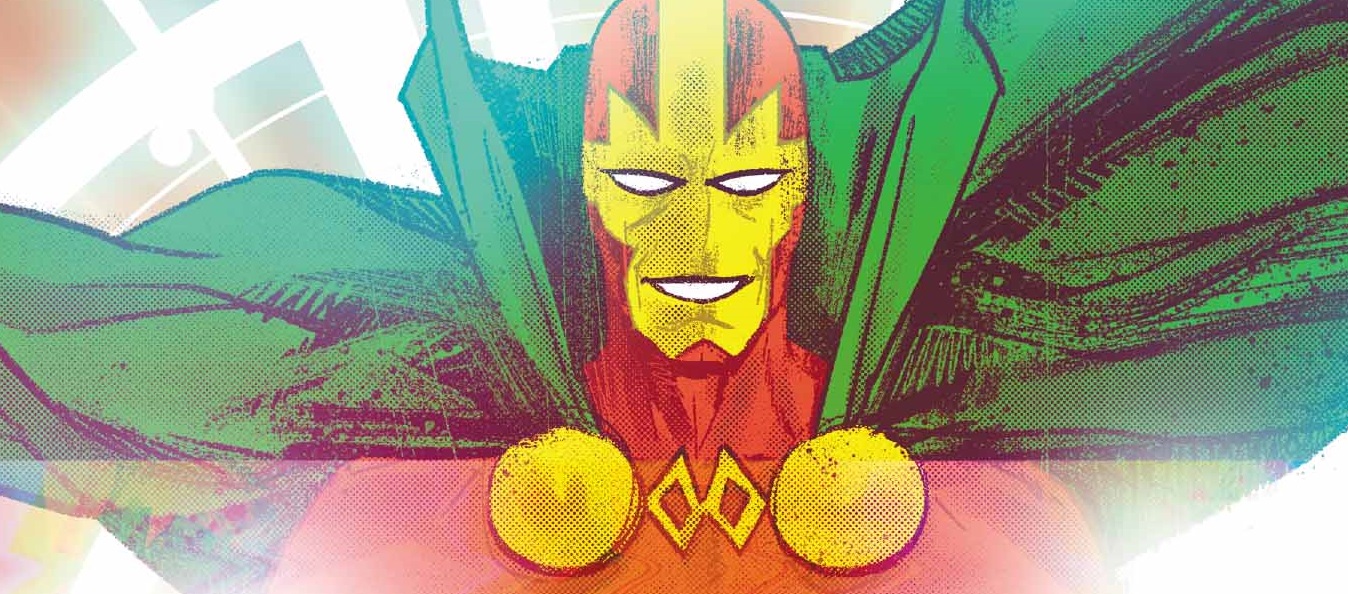
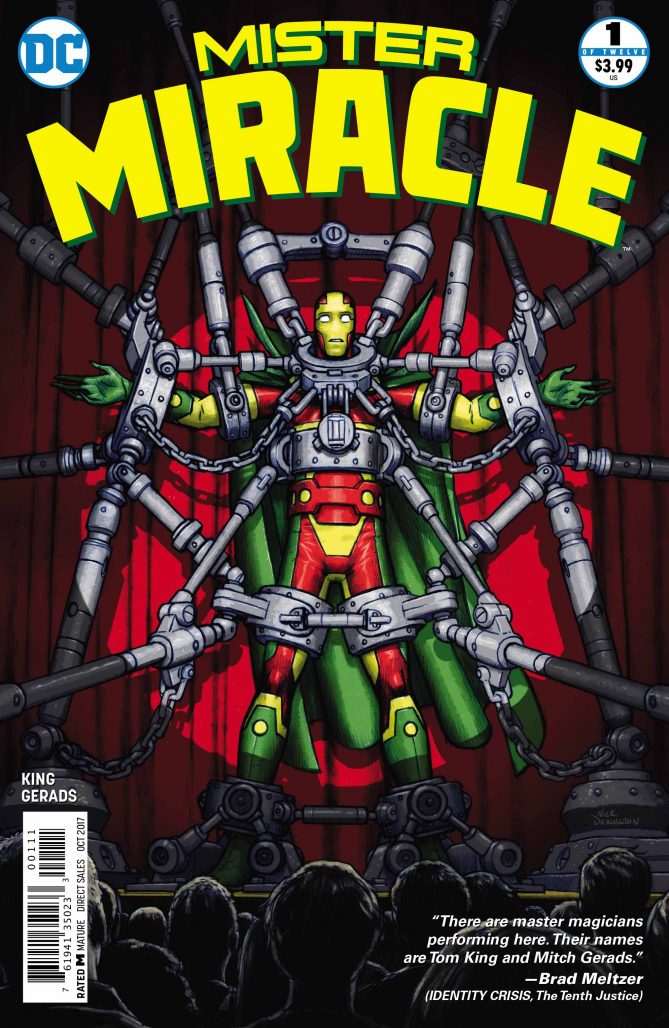 Mister Miracle #1
Mister Miracle #1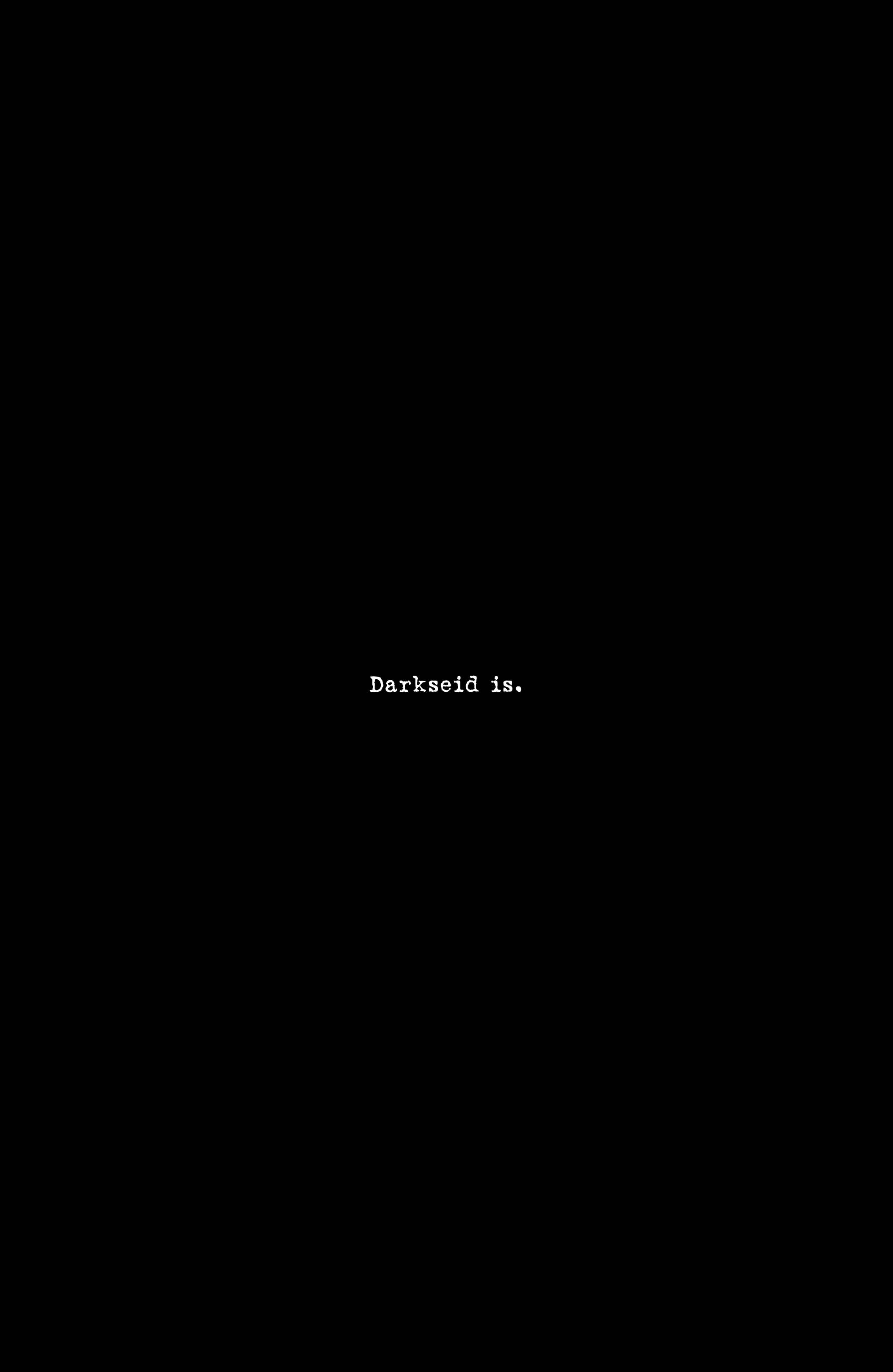
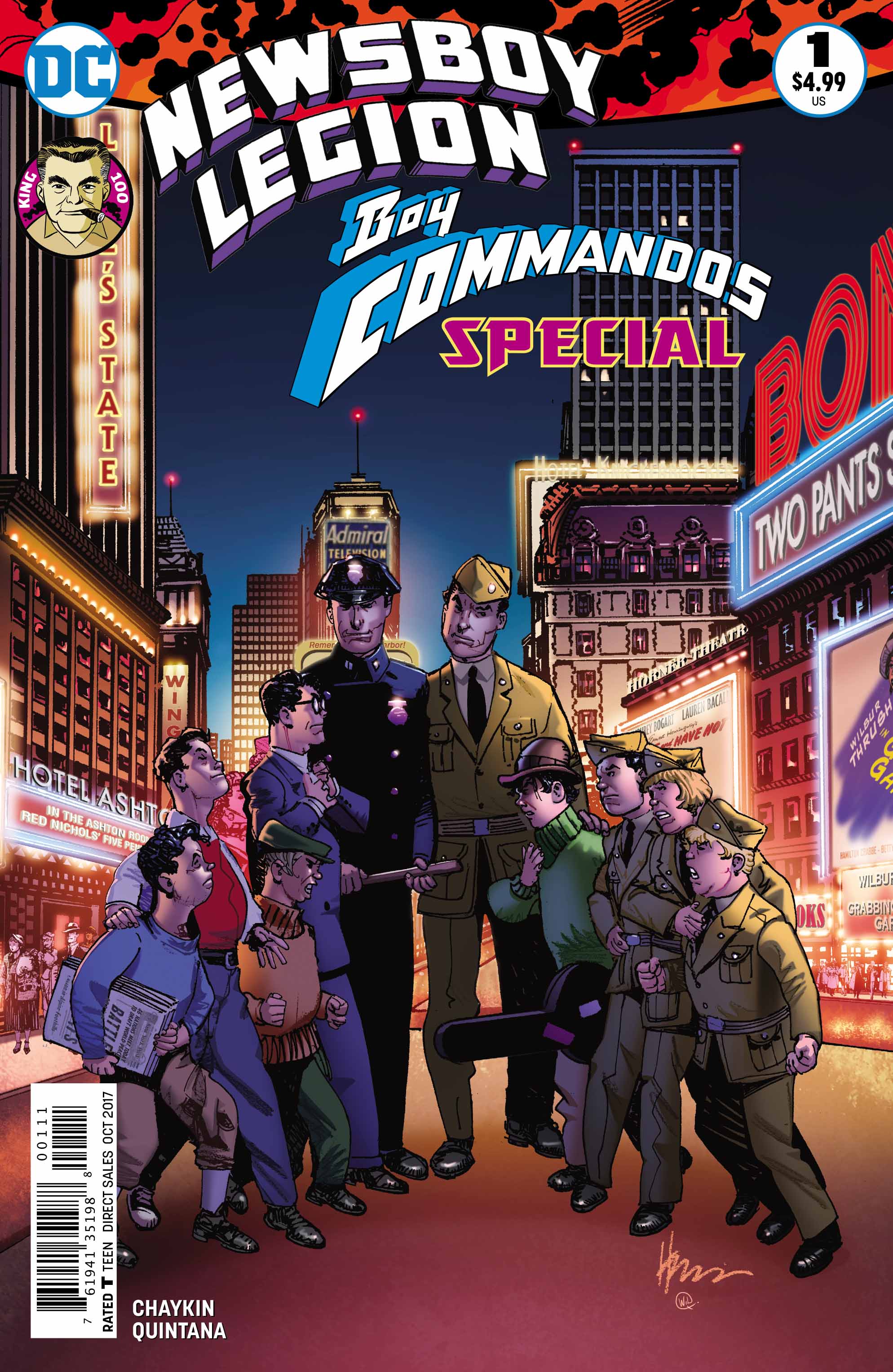 Kirby 100: Newsboy Legion/Boy Commandos Special #1
Kirby 100: Newsboy Legion/Boy Commandos Special #1